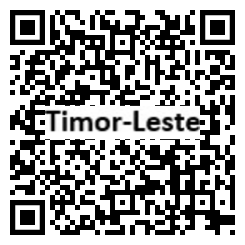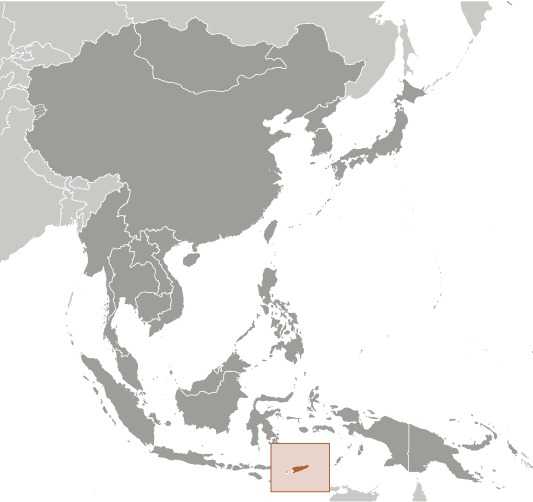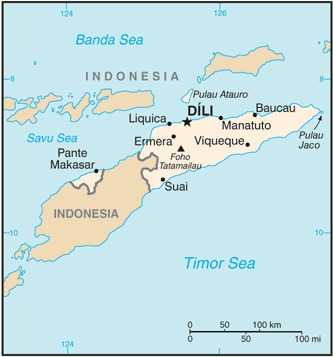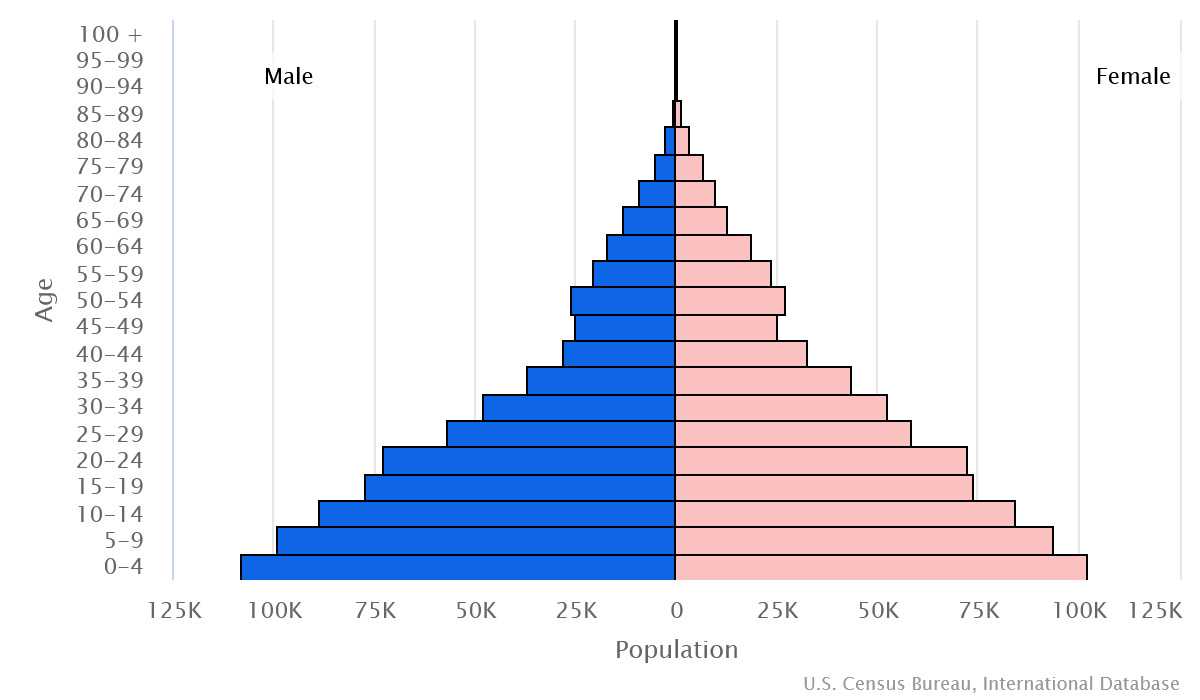Introduction
Background
Timor was actively involved in Southeast Asian trading networks for centuries and by the 14th century exported sandalwood, slaves, honey, and wax. The Portuguese colonized the island in the mid-16th century. It was incorporated into Indonesia in 1976 as the province of Timor Timur (East Timor). In 2002, Timor-Leste was internationally recognized as an independent state.
Geography
Area
total: 14,874 sq km
land: 14,874 sq km
water: 0 sq km
Climate
tropical; hot, humid; distinct rainy and dry seasons
Natural resources
gold, petroleum, natural gas, manganese, marble
People and Society
Population
total: 1,506,909
male: 750,665
female: 756,244 (2024 est.)
Ethnic groups
Austronesian (Malayo-Polynesian) (includes Tetun, Mambai, Tokodede, Galoli, Kemak, Baikeno), Melanesian-Papuan (includes Bunak, Fataluku, Bakasai), small Chinese minority
Languages
Tetun Prasa 30.6%, Mambai 16.6%, Makasai 10.5%, Tetun Terik 6.1%, Baikenu 5.9%, Kemak 5.8%, Bunak 5.5%, Tokodede 4%, Fataluku 3.5%, Waima'a 1.8%, Galoli 1.4%, Naueti 1.4%, Idate 1.2%, Midiki 1.2%, other 4.5% (2015 est.)
Religions
Roman Catholic 97.6%, Protestant/Evangelical 2%, Muslim 0.2%, other 0.2% (2015 est.)
Population growth rate
2.04% (2024 est.)
Government
Government type
semi-presidential republic
Capital
name: Dili
Executive branch
chief of state: President José RAMOS-HORTA (since 20 May 2022); note - the president is commander in chief of the military and can veto legislation, dissolve parliament, and call national elections
head of government: Prime Minister Kay Rala Xanana GUSMAO (since 1 July 2023)
Legislative branch
description: unicameral National Parliament (65 seats; members directly elected in a single nationwide constituency by closed, party-list proportional representation vote using the D'Hondt method to serve 5-year terms)
Economy
Economic overview
lower middle-income Southeast Asian economy; government expenditures funded via oil fund drawdowns; endemic corruption undermines growth; foreign aid-dependent; wide-scale poverty, unemployment, and illiteracy
Real GDP (purchasing power parity)
$5.289 billion (2022 est.)
$6.656 billion (2021 est.)
$6.32 billion (2020 est.)
Real GDP per capita
$3,900 (2022 est.)
$5,000 (2021 est.)
$4,900 (2020 est.)
Agricultural products
maize, rice, coconuts, root vegetables, vegetables, cassava, other meats, coffee, beans, pork (2022)
Industries
printing, soap manufacturing, handicrafts, woven cloth
Exports
$1.858 billion (2022 est.)
$2.772 billion (2021 est.)
$1.598 billion (2020 est.)
Exports - partners
China 25%, Indonesia 20%, Japan 14%, South Korea 13%, Thailand 7% (2022)
Exports - commodities
crude petroleum, coffee, natural gas, beer, construction vehicles (2022)
Imports
$1.396 billion (2022 est.)
$1.298 billion (2021 est.)
$1.486 billion (2020 est.)
Imports - partners
Indonesia 27%, China 23%, Singapore 9%, Australia 6%, Malaysia 6% (2022)
Imports - commodities
refined petroleum, rice, cars, coal, cranes (2022)
Page last updated: Wednesday, May 22, 2024




